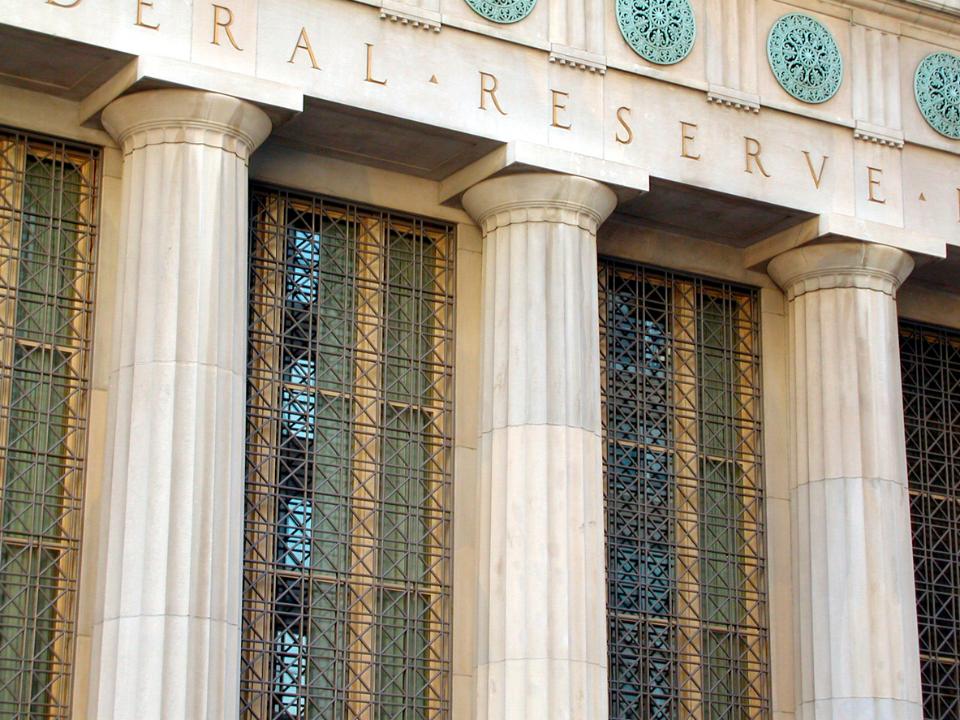Big banks pass first round of Fed's annual stress tests
Thirty-four of the biggest U.S. banks have the financial strength to survive the next global recession, the Federal Reserve said on Thursday.
The results were the first of two rounds of annual stress tests conducted by the central bank to assess how well financial institutions with $50 billion or more in consolidated assets could cope with shocks to financial markets and the economy. The most severe hypothetical scenario assumes $383 billion in loan losses at the firms over nine quarters amid a “severe” global recession, a 10% unemployment rate in the U.S. and stress in the corporate loan market and commercial real estate.
Additionally, under the scenario, the industry’s common equity tier 1 capital ratio – a cushion against shocks that measures core equity capital against total risk-weighted assets – would fall to 9.2% from 12.5%. However, some banks would come out of such a crisis with less capital than others.
The weakest performers were Ally Financial and KeyCorp, whose ratios were pushed down to 6.5% and 6.8% respectively. Among the larger banks, Citigroup (NYSE:C) would see a decline from 14.9% in the final quarter of 2016 to a low of 9.7% in the test – still significantly higher than the minimum required 4.5%.
“This year’s results show that even during a severe recession, our large banks would remain well capitalized. This would allow them to lend throughout the economic cycle and support households and businesses when times are tough,” said Fed Governor Jerome Powell in a statement.
The first-round results are the seventh annual stress tests since 2009, put in place after the 2008 financial crisis, and the fifth round required under the Dodd-Frank Act. The institutions tested represent roughly 75% of all assets of American banks.
Thursday’s release comes before the Comprehensive Capital Analysis and Review (CCAR) results, due out June 28, which scrutinize banks’ capital planning processes. As part of that process, the Fed also evaluates each firm’s plans for capital distributions, including dividends and stock buybacks, and planned acquisitions.
Unlike last year, the 2017 stress tests does not apply to 21 banks with less complex operations and not identified as systemically-important institutions. Though those firms are still required to meet capital requirements under the first round of the stress test process.




















